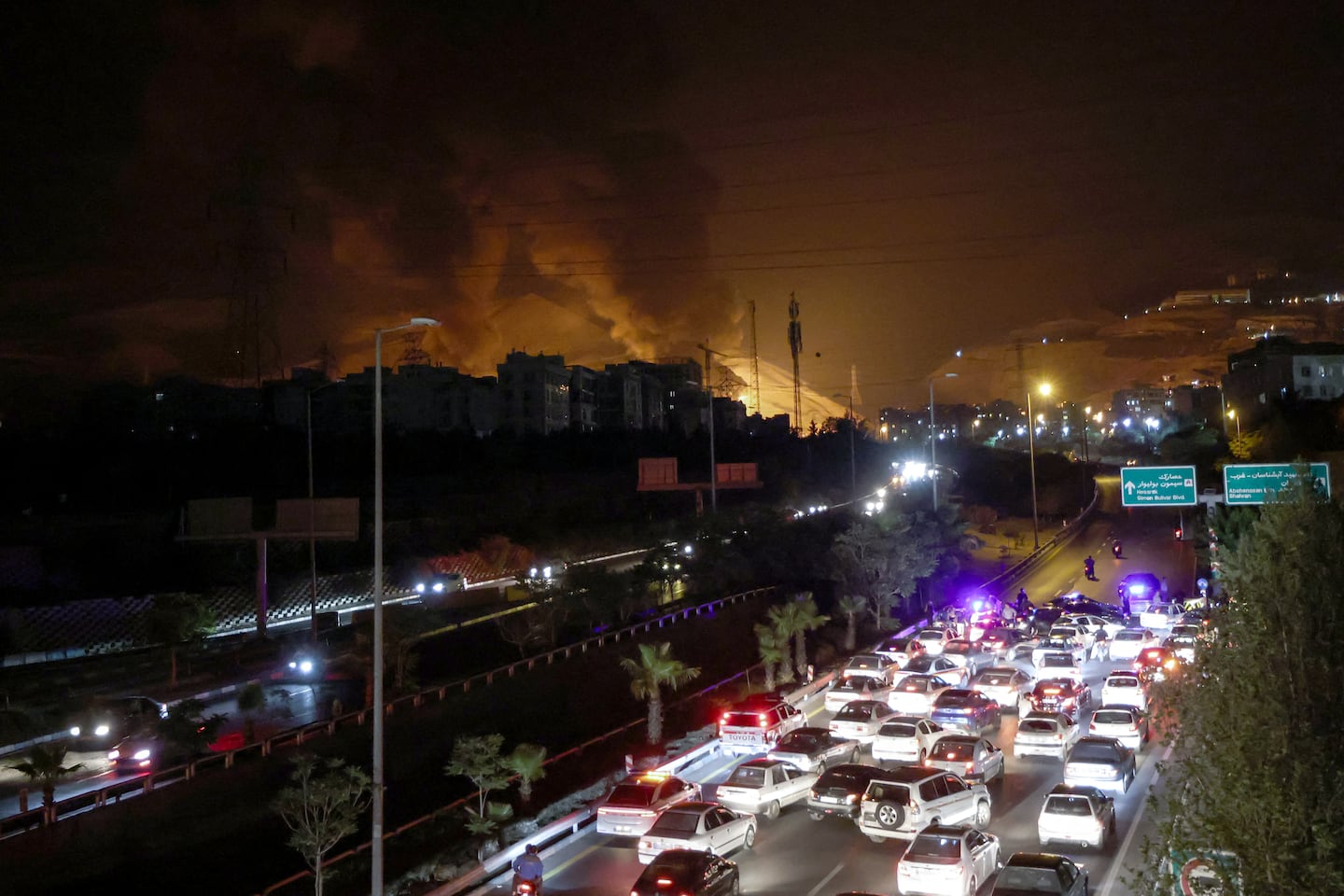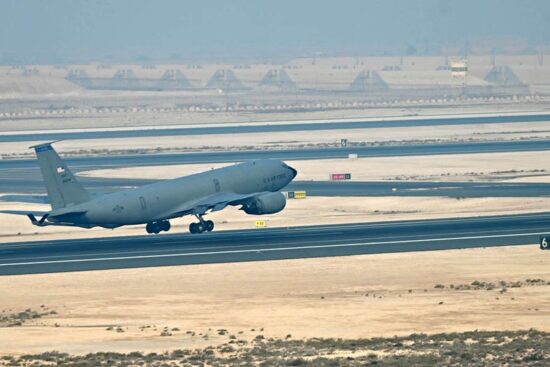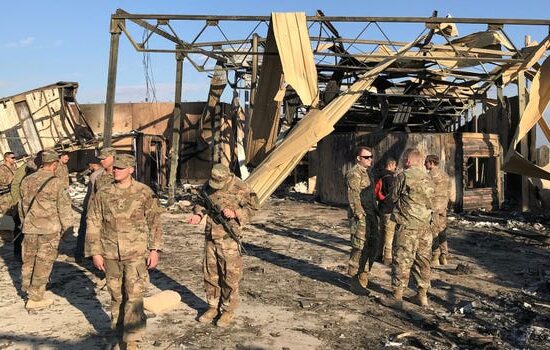
Israel’s surprise offensive against Iran has triggered a rapid escalation in regional tensions. Since June 13, 2025, Operation Rising Lion has seen Israeli jets bomb nuclear, military, and infrastructure targets across Iran, eliciting retaliatory missile strikes and raising global alarm.
Key Highlights
- Casualty stats
- Iranian health authorities report “224 killed,” with the majority civilians
- U.S.-based HRANA organization lists 408 killed (199 civilians, 92 military, 117 unidentified)
- Over 20 senior commanders, including IRGC head Hossein Salami and Air Force chief Amir Ali Hajizadeh, were killed
- Site damage & destruction
- Nuclear sites at Natanz, Fordow, and Isfahan struck by U.S. and Israeli forces; U.S. 30,000‑lb bunker‑busters reportedly caused “extremely severe damage”
- Israeli airstrikes reportedly destroyed two F‑5 jets and eight ballistic missile launchers
- Retaliation & defense
- Iran responded with drone and missile barrages, including strikes that injured at least 240 people in southern Israel
- Israel’s Iron Dome system intercepted many attacks, but facilities like Soroka Hospital in Beersheba were hit, injuring around 50 people
Timeline of Events
| Date | Event Summary |
|---|---|
| June 13 | Israel launches Operation Rising Lion. |
| June 19 | Iran launches Sejjil missile at Soroka Hospital—no fatalities. Injures ~50. |
| June 22 | U.S. deploys bunker‑busters at nuclear sites; Iran fires missiles at Israel; Israel downs F‑5s. |
What This Means Regionally & Globally
- Oil markets: Potential closure of the Strait of Hormuz threatens major disruptions in global oil supply. theguardian.com
- Global diplomacy: While Israel and the U.S. underscore the mission’s precision and nuclear prevention goals, major powers like China, Russia, and EU nations call for urgent de‑escalation. apnews.com+5theguardian.com+5apnews.com+5
- Humanitarian crisis: Civilian casualties, hospital damage, and mass evacuations risk a broader humanitarian and legal catastrophe. International courts warn of possible war crimes.
Why It Matters
- Nuclear non‑proliferation: Halt or delay of Iran’s nuclear program could influence future negotiations and safeguards.
- Precedent for U.S. intervention: The operation marks an unprecedented direct U.S. role in the Israel–Iran conflict.
- Risk of regional war: Analysts warn that if escalation continues, conflict may spread via proxies to Lebanon, Yemen, and Gaza.
- “Prolonged conflict with serious regional and global ramifications… surging oil prices” is already underway.
Summary & What to Watch Next
- The situation remains highly volatile: Both nations are arming for “the next phase.” Israel says over 50 % of Iran’s missile launchers are now incapacitated.
- International pressure is mounting: Emergency UN sessions, global sanctions, and diplomatic meetings aim to curb further violence.
- Market and civilian impact: Watch for evacuations, travel bans, and shifts in oil futures—energy markets are bracing for ripple effects.
Bullet Summary
- Operation Rising Lion: Israel strikes 100+ Iranian sites
- Iran and U.S. bomb sites at Natanz, Fordow, Isfahan
- Civilian & military casualties now at 224 – 408 dead in Iran; ~50 injured in Israel
- U.S. using heavy bunker‑busters—first direct U.S. involvement
- Iran retaliates with missiles and drones; Israeli civilian targets hit
- Strait of Hormuz closure discussed—oil shock feared
- UN & global voices urging de‑escalation; legal and humanitarian risks rise
Final Thoughts
This conflict marks a dangerous turning point: a shift from proxy engagements to open warfare involving two nuclear-aspiring powers and direct U.S. action. Continued violence may spark a wider regional war with far-reaching consequences—geopolitical, humanitarian, and economic.







